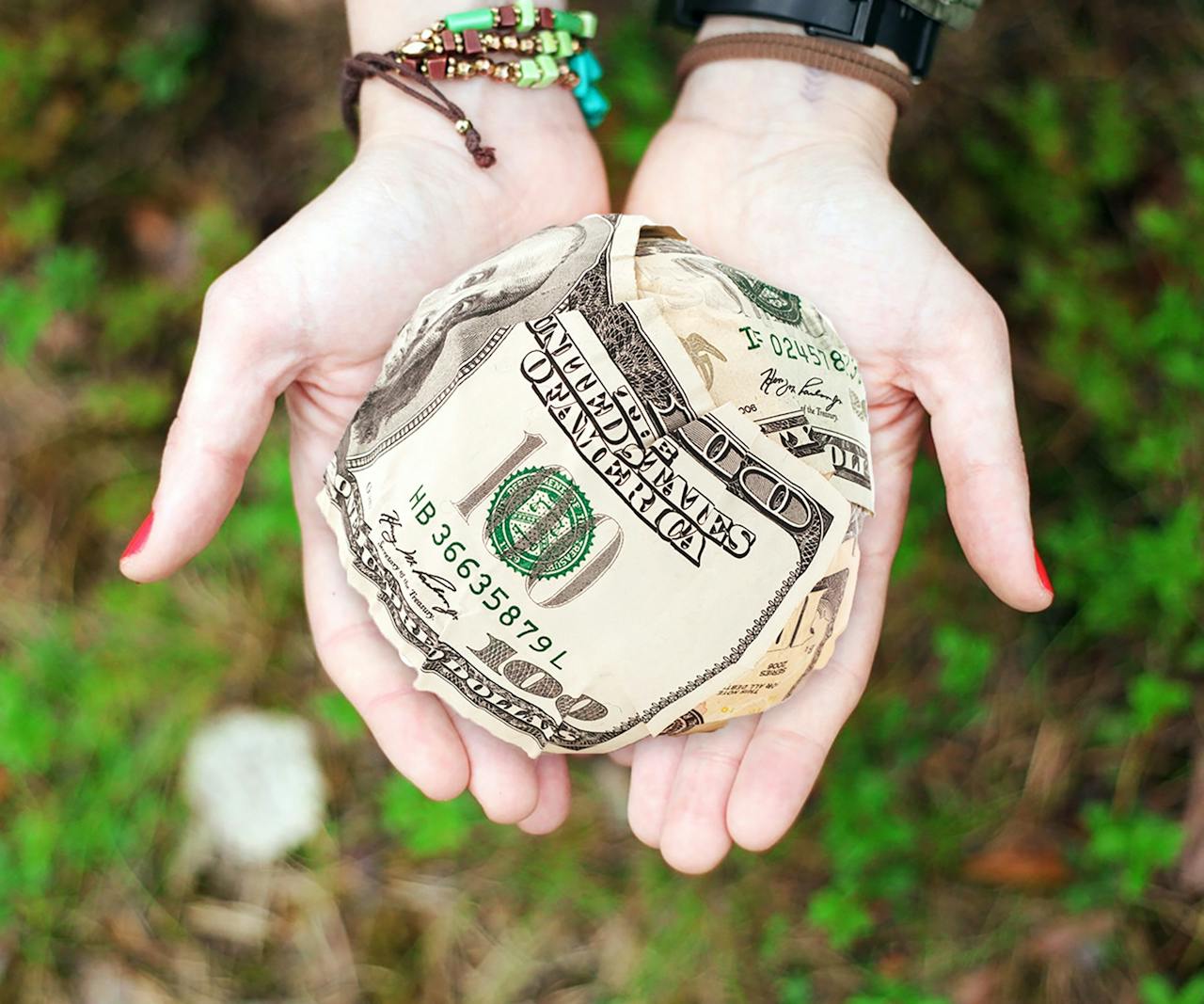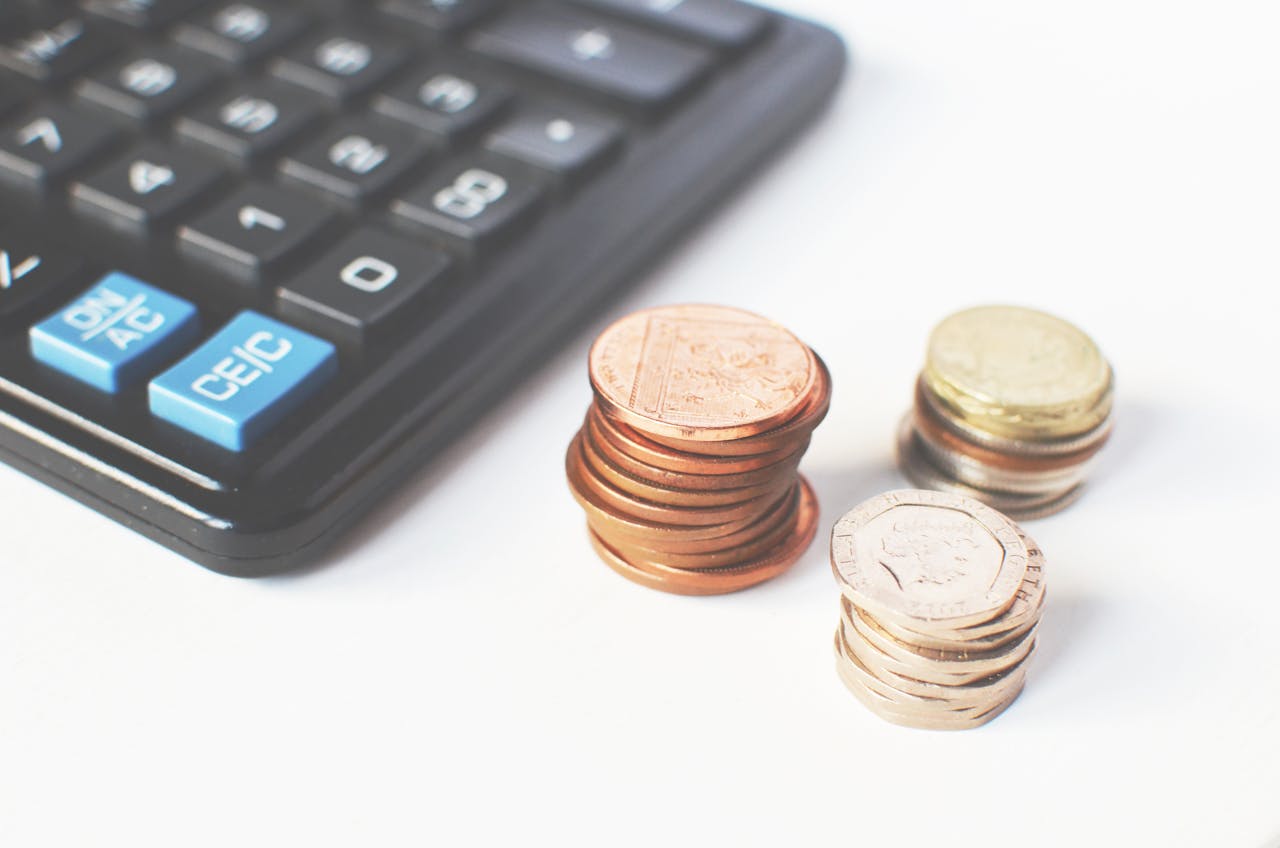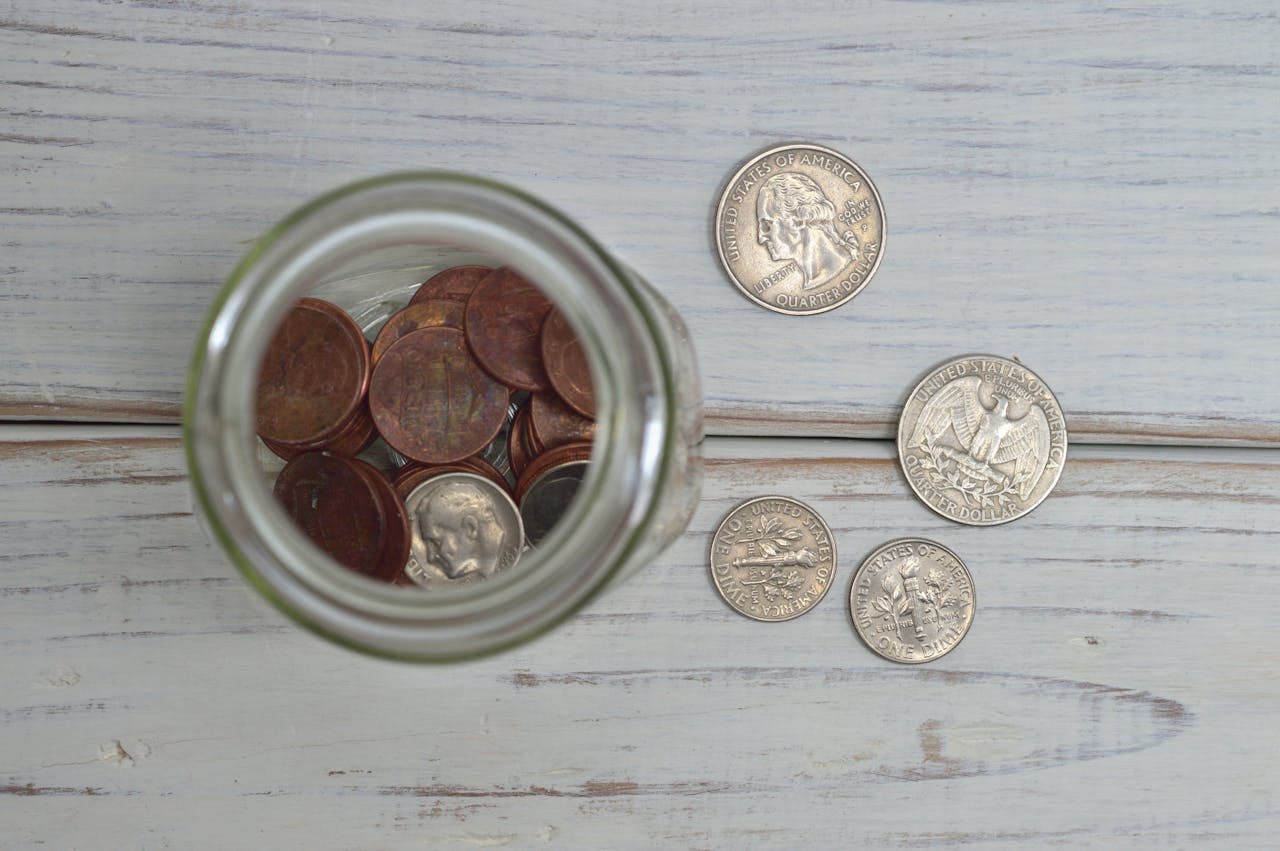The Importance of Building an Emergency Fund
Emergency fund is a savings reserve set aside to cover unexpected expenses or financial emergencies, providing a safety net without relying on debt.

Financial stability is a goal many of us strive to achieve, yet life’s unpredictability often throws unexpected expenses our way. From sudden medical bills to urgent home repairs, these unforeseen costs can strain our finances. This is where an emergency fund becomes crucial. An emergency fund acts as a financial safety net, providing a buffer against life’s uncertainties.
What is an Emergency Fund?
An emergency fund is a dedicated reserve of money set aside to cover unexpected expenses. Unlike savings for planned expenditures like vacations or a new car, an emergency fund is specifically meant for unplanned financial needs. Its primary purpose is to ensure that you have enough money to cover essential expenses without falling into debt.
Why You Need an Emergency Fund
- Financial Security: An emergency fund offers a financial cushion that helps you manage emergencies without disrupting your long-term financial goals.
- Peace of Mind: Knowing you have a safety net can significantly reduce stress and anxiety related to financial uncertainties.
- Debt Avoidance: With a dedicated emergency fund, you can avoid relying on high-interest credit cards or loans when unexpected expenses arise.
- Flexibility: Having extra money set aside provides more options and flexibility in dealing with unforeseen circumstances.
How Much Should You Save?
The amount you should save in your emergency fund depends on your individual circumstances. A common recommendation is to save three to six months’ worth of living expenses. However, factors such as job stability, health, and family responsibilities might influence the exact amount.
Steps to Build Your Emergency Fund
- Assess Your Monthly Expenses: Calculate your essential monthly expenses, including rent/mortgage, utilities, groceries, transportation, and insurance.
- Set a Savings Goal: Based on your monthly expenses, set a realistic goal for your emergency fund.
- Create a Budget: Allocate a portion of your income towards building your emergency fund. Adjust your budget to ensure consistent contributions.
- Automate Savings: Set up automatic transfers to your emergency fund to ensure regular contributions.
- Cut Unnecessary Expenses: Identify and eliminate non-essential spending to accelerate your savings progress.
Where to Keep Your Emergency Fund
It’s essential to keep your emergency fund in a safe and easily accessible place. Consider the following options:
- High-Yield Savings Account: Offers better interest rates than traditional savings accounts while keeping your money liquid.
- Money Market Account: Provides higher interest rates with limited check-writing abilities.
- Certificates of Deposit (CDs): For a portion of your emergency fund, consider CDs with short-term maturities to balance accessibility and interest earnings.
When to Use Your Emergency Fund
Use your emergency fund only for genuine emergencies, such as:
- Unexpected medical bills
- Urgent home repairs
- Car repairs necessary for daily commutes
- Job loss or significant income reduction
Avoid using your emergency fund for non-essential purchases or planned expenses.
Replenishing Your Emergency Fund
After using your emergency fund, prioritize replenishing it as soon as possible. Return to your savings plan, adjust your budget if needed, and make rebuilding your fund a financial priority.
Conclusion
An emergency fund is a crucial component of financial stability. By setting aside money for unexpected expenses, you protect yourself and your loved ones from financial distress. Start building your emergency fund today and enjoy the peace of mind that comes with financial preparedness.




